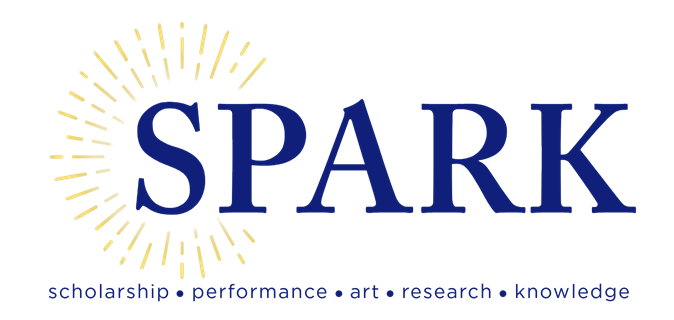
[Archive] Belmont University Research Symposium (BURS)
Publication Date
2023
College
O'More College of Architecture and Design
Department
Architecture
BURS Faculty Advisor
Reid Cimala
Presentation Type
Oral Presentation
Abstract
The last quarter century has seen many large metropolitan areas invest in reconnecting their downtown cores back to the adjacent waterfront. Chicago, for example, renovated the waterfront into what is now the Chicago Riverwalk. Supporting the civic transformation of the city, the Chicago Riverwalk promotes a new version of riverside gathering, including restaurants, an amphitheater, and even a jetty. Furthermore, Chattanooga redeveloped their riverfront to accommodate various modes of transportation, including bicycling and pedestrian travel, which further connected the riverfront to downtown. In Chattanooga, the focus of their project was creating a safe, friendly environment that developed its own identity as a city. The New York City Pier 42 Project had a similar goal. A former parking lot and industrial pier became a park, playground, and community gathering space. Pier 42 needed to be revitalized into a space that would actually be used and appreciated.
In contrast to these cities, Downtown Nashville has no meaningful connection to its river. Broadway, the city’s main cultural corridor, is known to be full of people, music, and energy, but the termination point of this street is lifeless and underdeveloped. Riverfront Station is currently a series of harsh concrete terraces, creating a barrier between the people and the river. The train station ends rather abruptly, and its position further separates Broadway from the Cumberland River. Given its prominence within the city, the riverfront site should be used for continuing Nashville’s livelihood and socialization, enriching one’s experience in the city and deepening a sense of place.
The Broadway Park Proposal brings energy and community to the end of Broadway to create a meaningful termination point to this prominent cultural corridor. Broadway Park is both an extension of Broadway and a connection to other downtown spaces, such as the Ascend Amphitheater and Fort Nashborough.
In the Proposal, two large green spaces create a much-needed family-friendly area for the busy urban environment. As guests travel throughout the site and interact with the mixed-use development, they are eased down to water level, further encouraging engagement with the river. Broadway Park serves as a new icon for Nashville, as it breathes life into a site that is currently overlooked. The necessary park provides the Nashville community with opportunity to gather and socialize, a vital piece of any growing city.
Recommended Citation
Gabriel, Heidi, "Broadway Park" (2023). [Archive] Belmont University Research Symposium (BURS). 181.
https://repository.belmont.edu/burs/181


